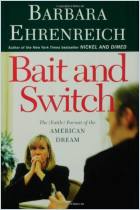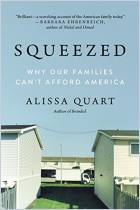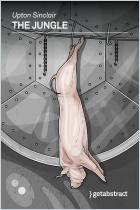Зарегистрируйтесь на getAbstract, чтобы получить доступ к этому краткому изложению.

Зарегистрируйтесь на getAbstract, чтобы получить доступ к этому краткому изложению.
Barbara Ehrenreich
Nickel and Dimed
On (Not) Getting By in America
Henry Holt, 2008
Что внутри?
Ever wondered how people with minimum-wage jobs survive in America? They don’t.
Recommendation
The most unsettling aspect of Barbara Ehrenreich’s eye-opening foray into the world of the working poor is that the situation hasn’t improved. In fact, it’s gotten worse. The U.S. economy was booming in the late 1990s when she began her project, working anonymously in various minimum-wage jobs and reporting about the experience. Though she steps in and out of the lives of the minimum-wage workers who befriend her, she is a very powerful, effective advocate for them. In her book, she shows that living decently on about $7 an hour (still the minimum wage in most states) is impossible. However, Ehrenreich gives it a try in three cities, working as a waitress, housekeeper and Wal-Mart clerk. She reports from the front lines, where the working poor eat potato chips for dinner and sleep in fleabag motels, and she does the same. She finds that minimum-wage workers lead a dreary existence, toiling away in obscurity day after day with little hope, just getting by as long as they don’t fall ill, need dental work or get in a car wreck. The terribly sad part is that many see no light at the end of the tunnel. getAbstract finds that Ehrenreich is a gifted writer with keen perceptions and a wry sense of humor. Her narrative flows effortlessly as she enlightens, educates and entertains. If only she had a magic wand.
Summary
About the Author
Barbara Ehrenreich has written 12 books and contributes often to national magazines.



















Comment on this summary
Highly recommend reading the summary and possibly the book.